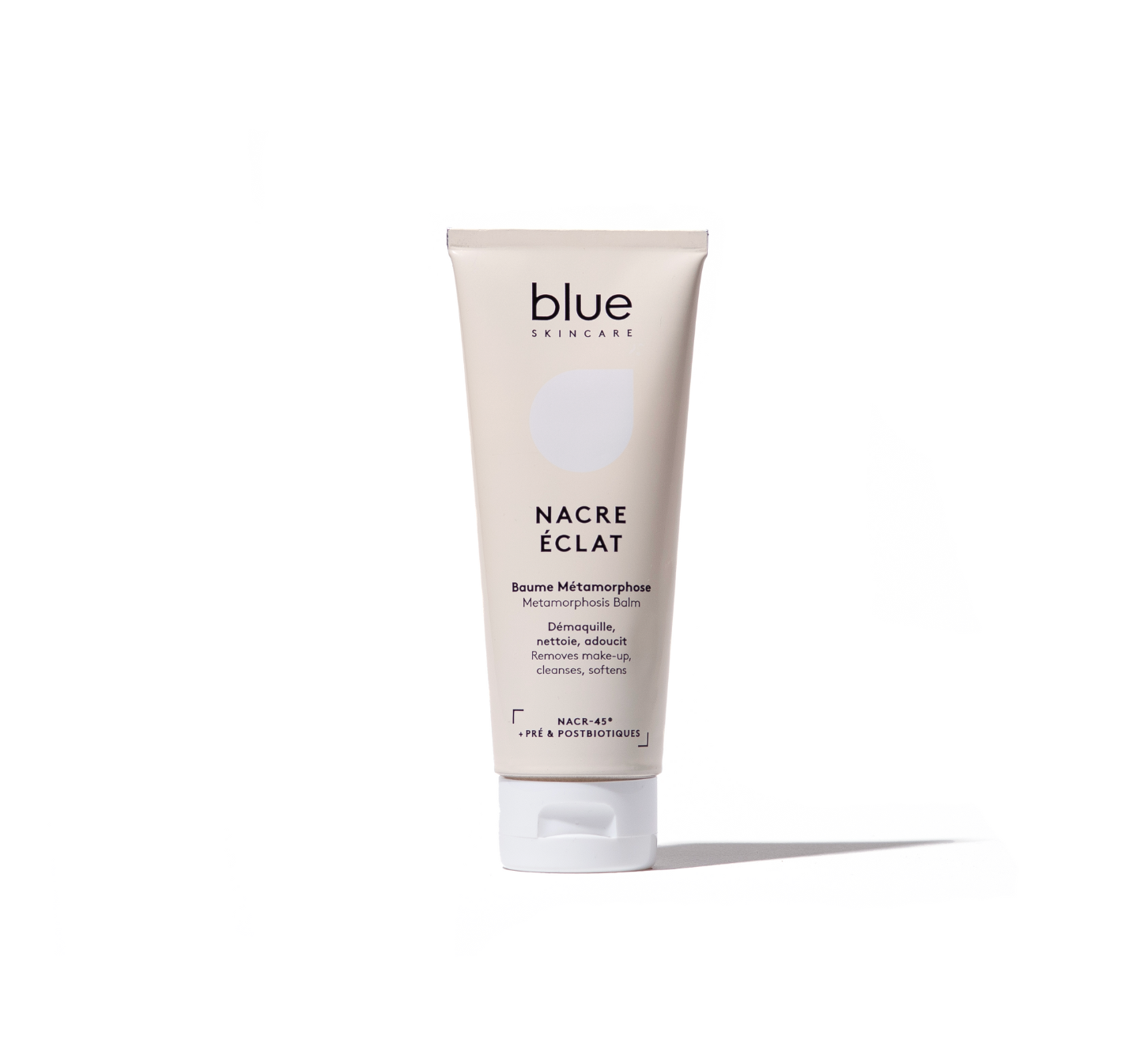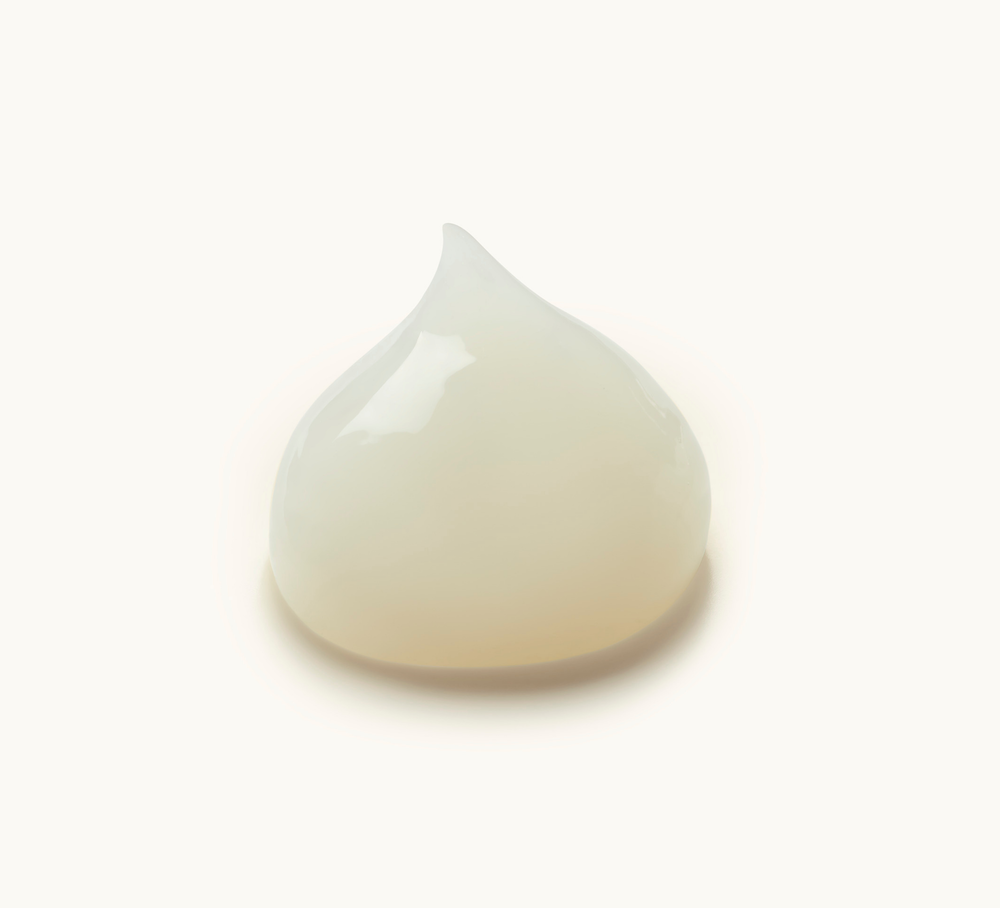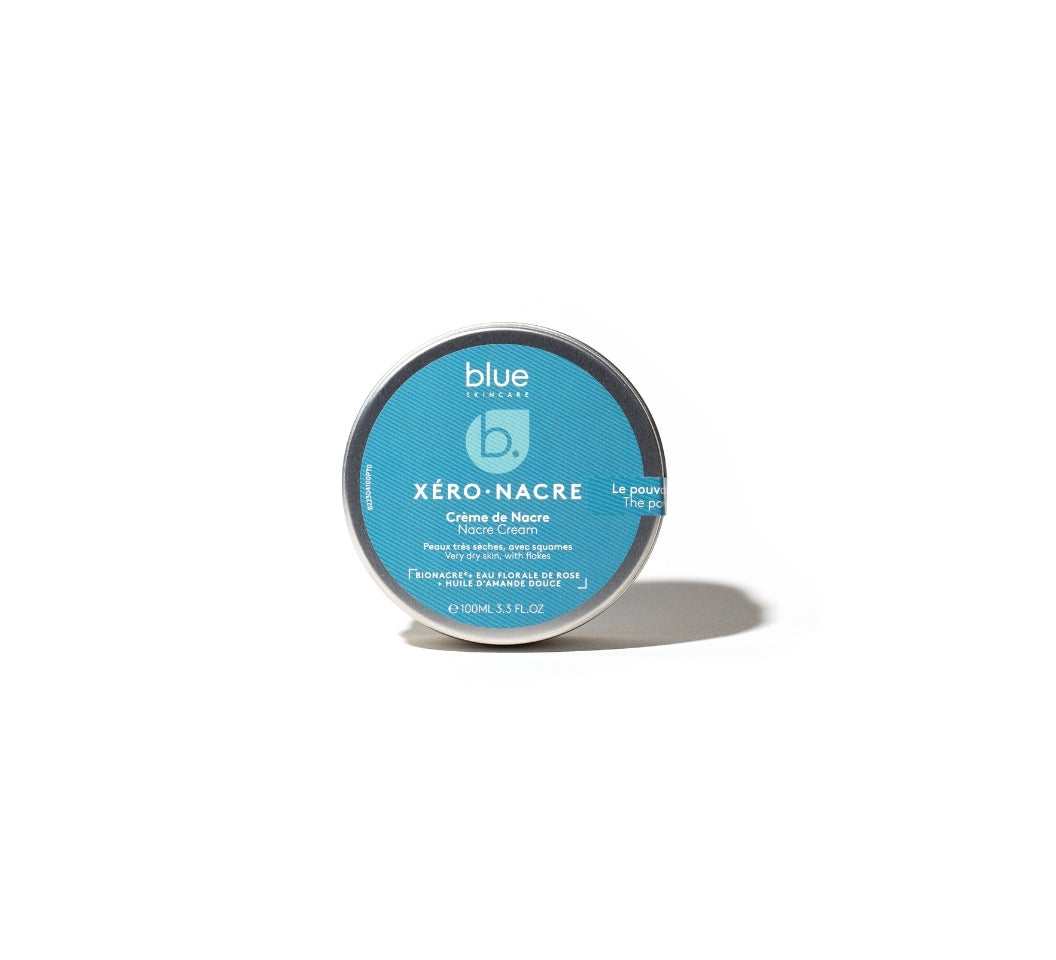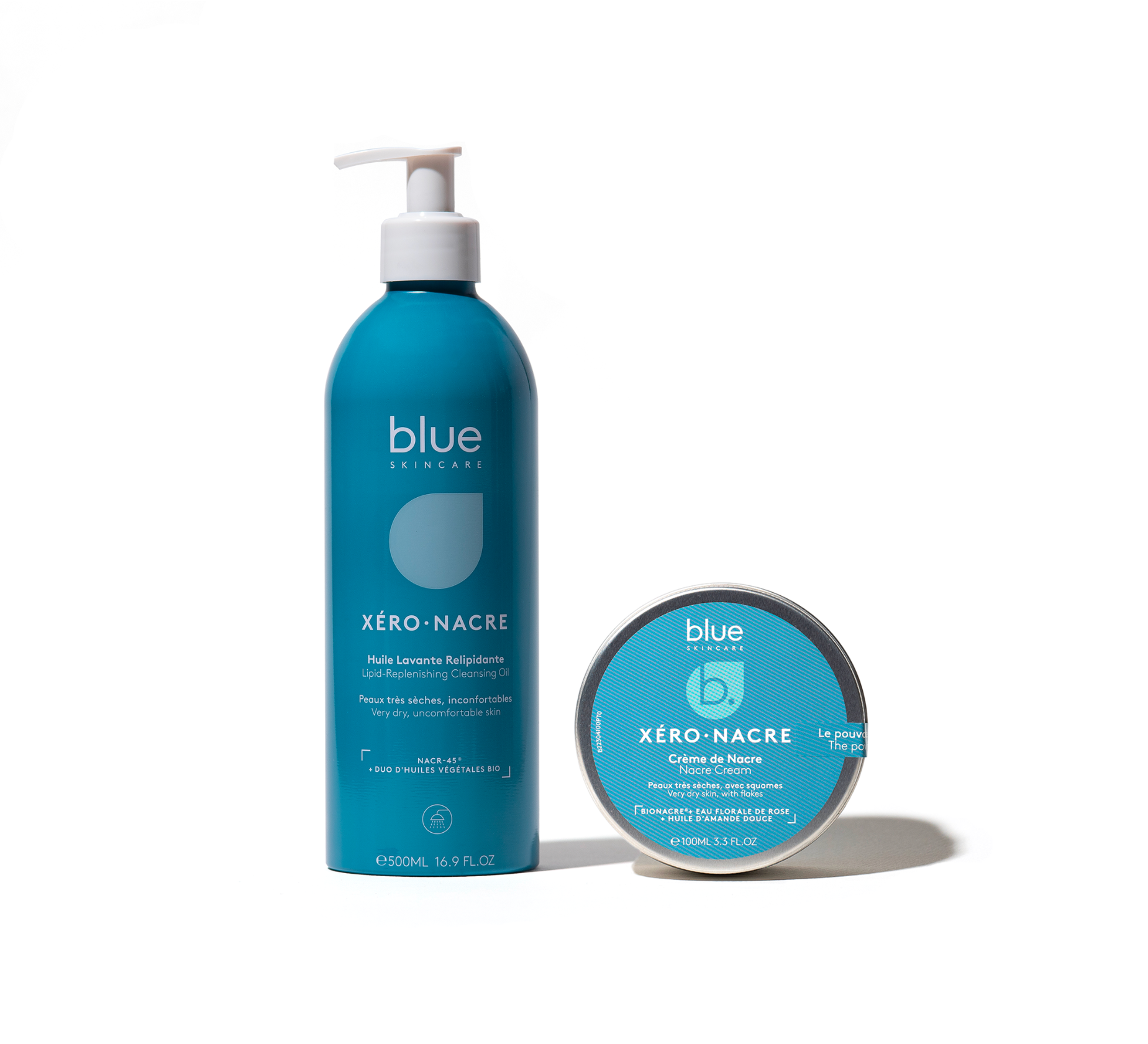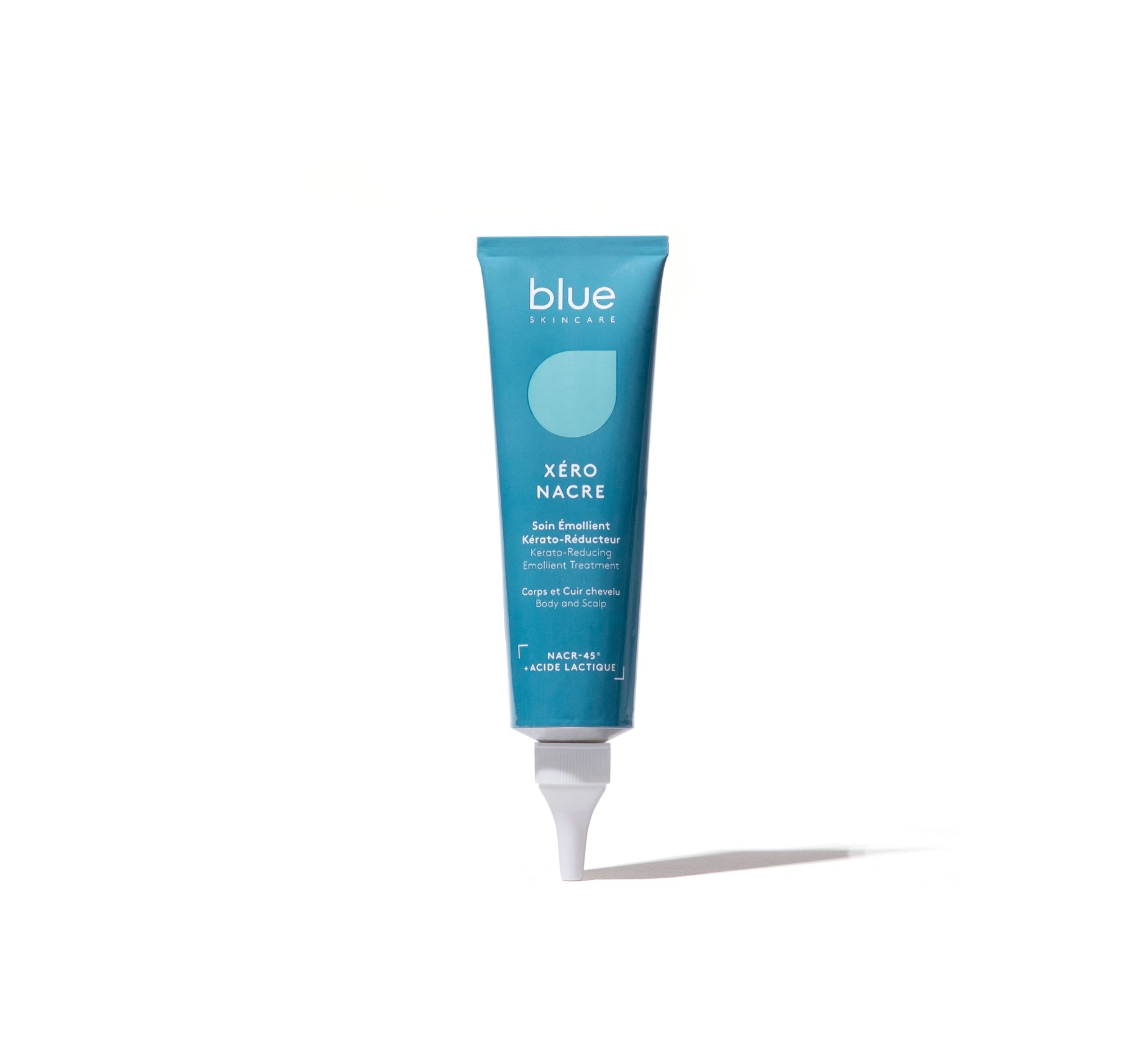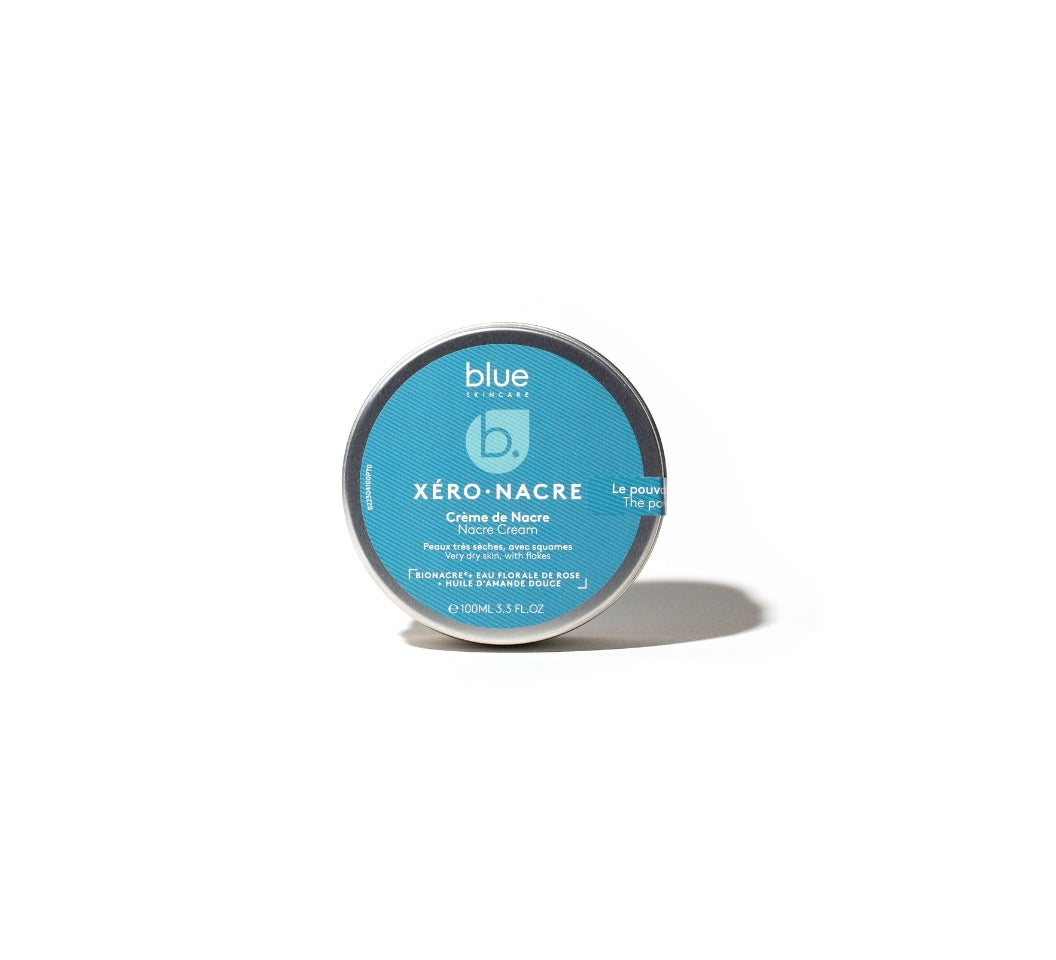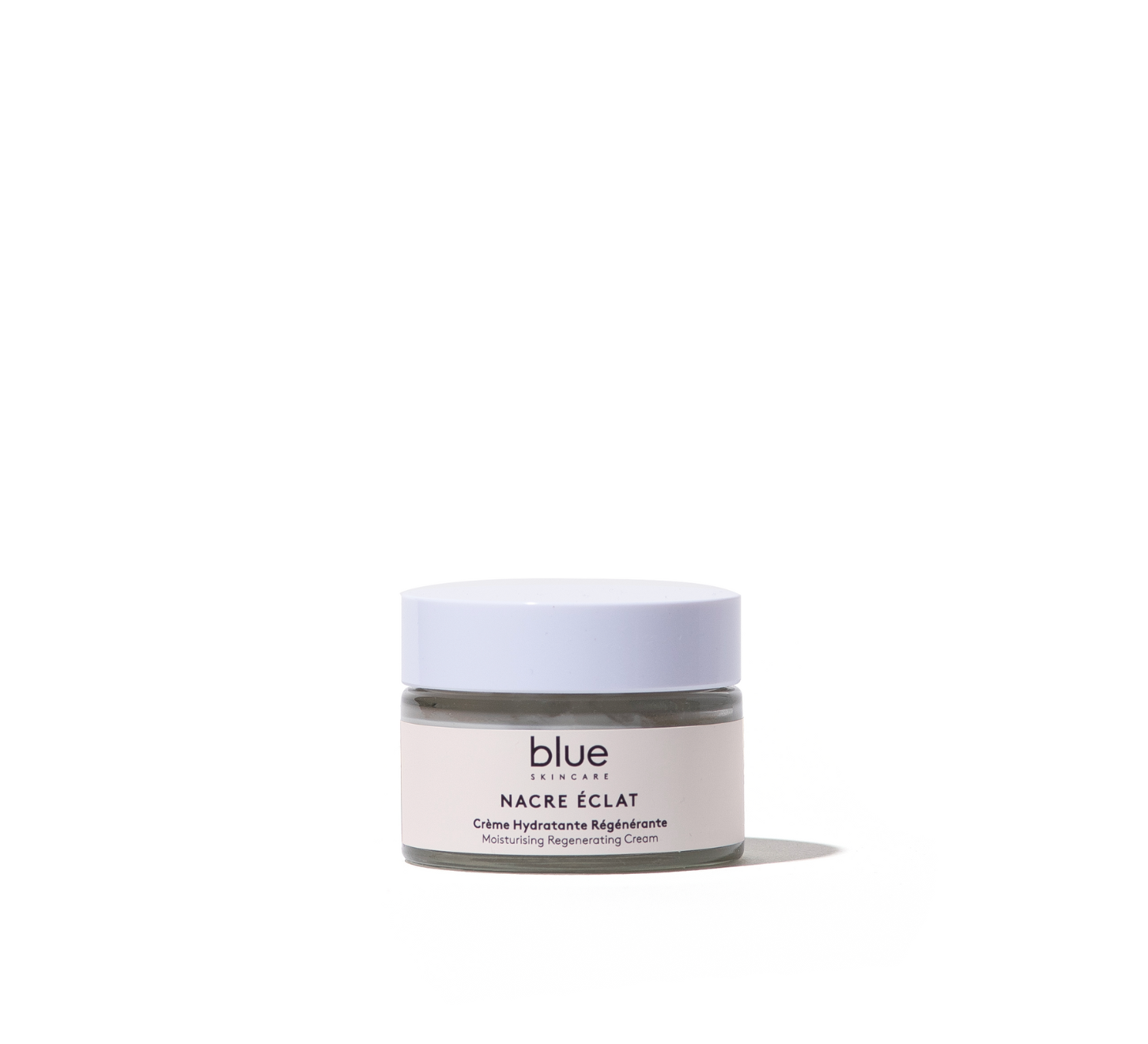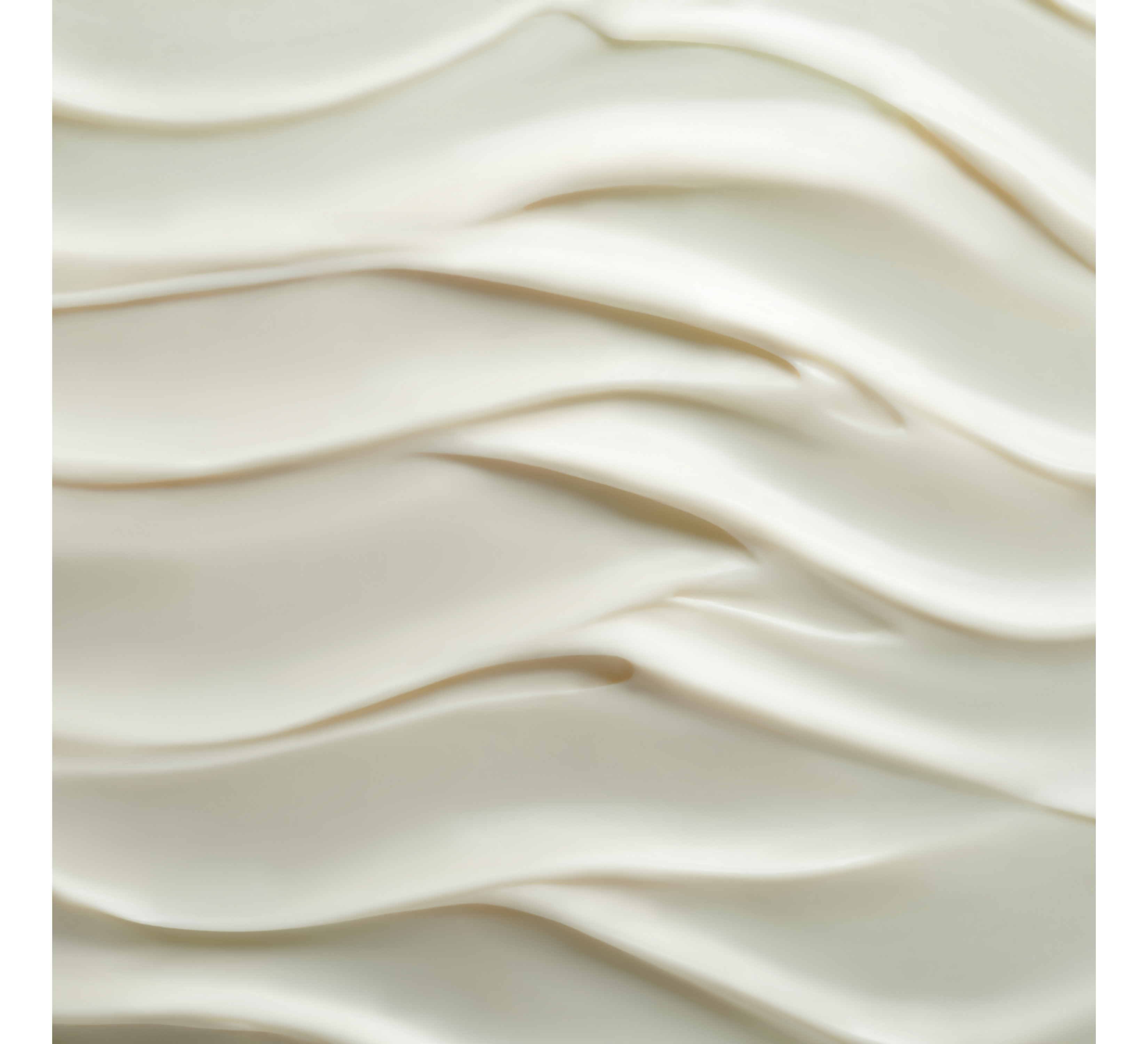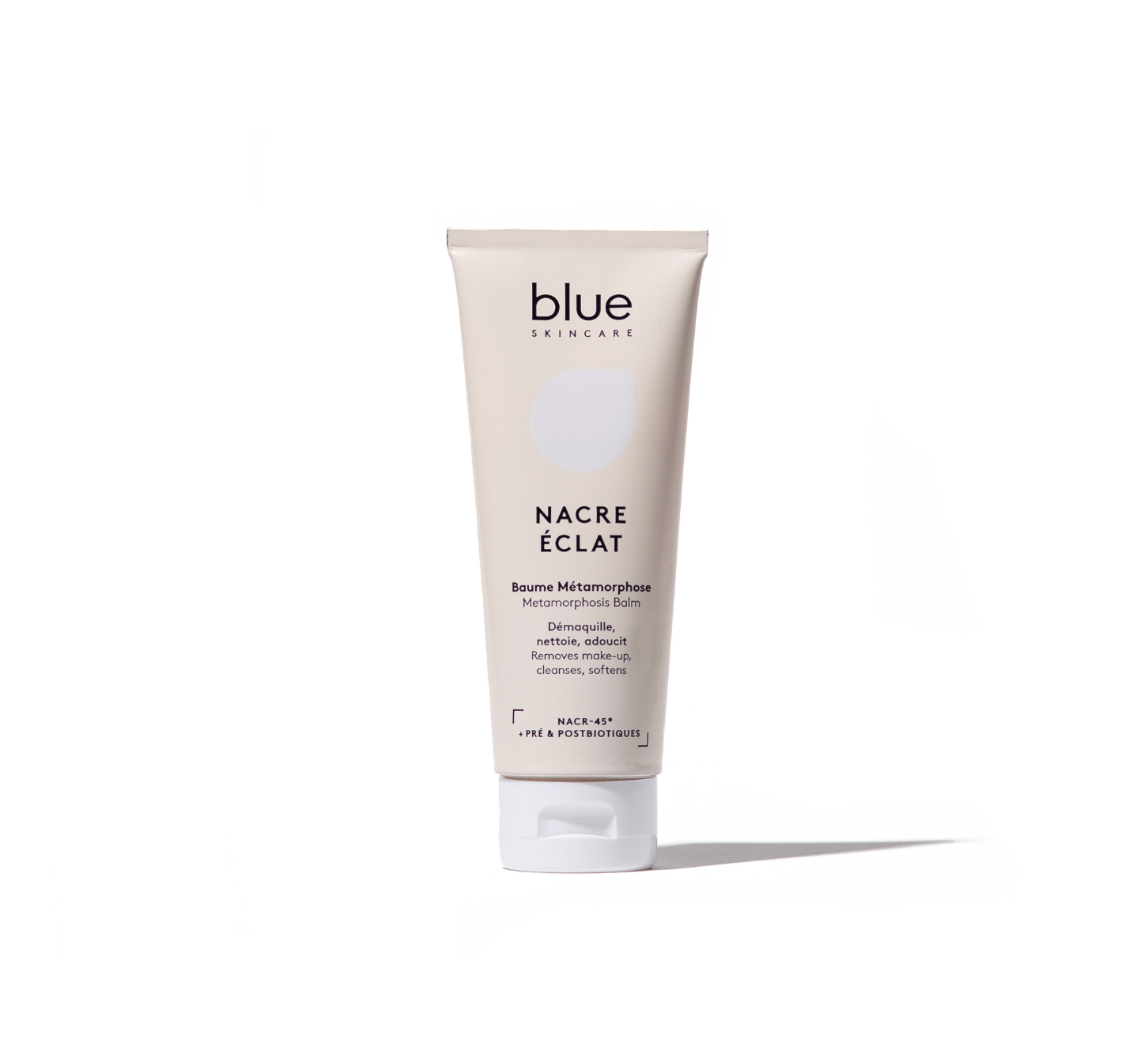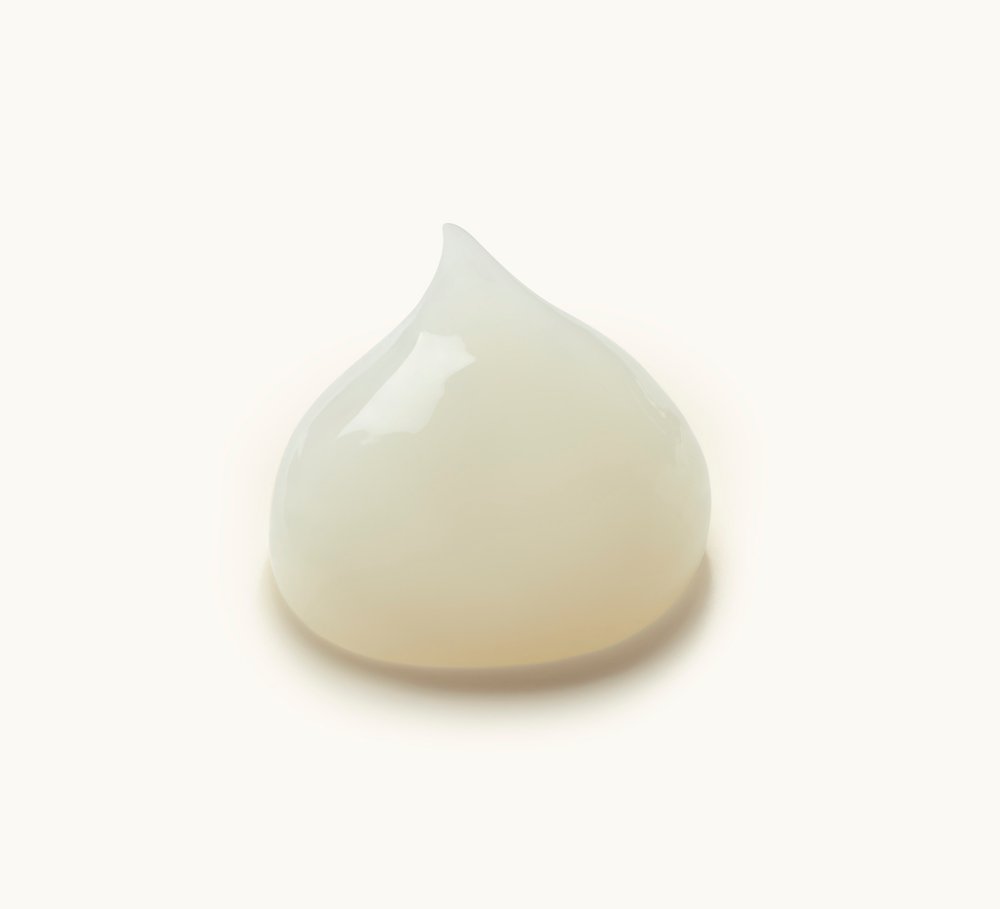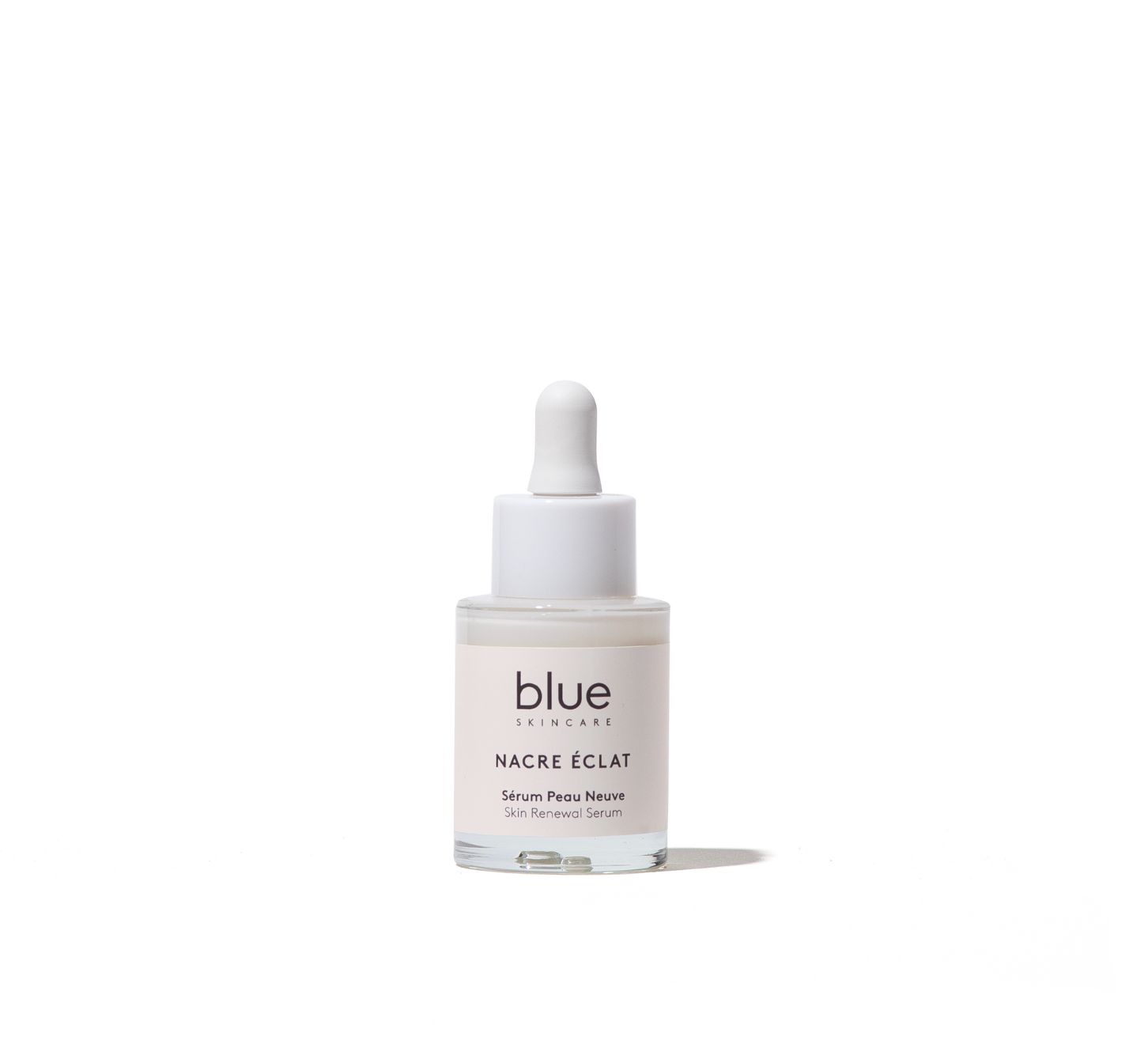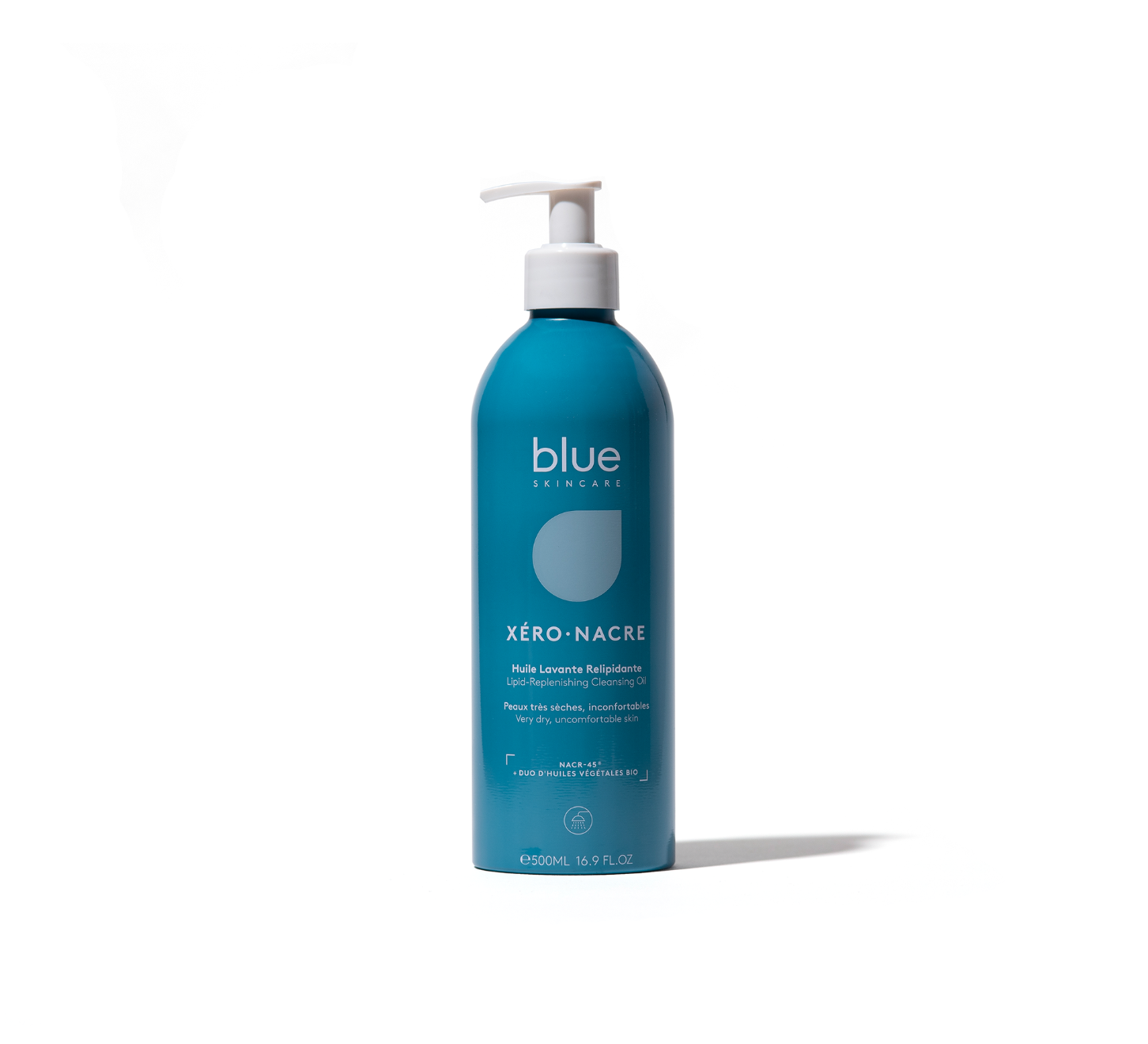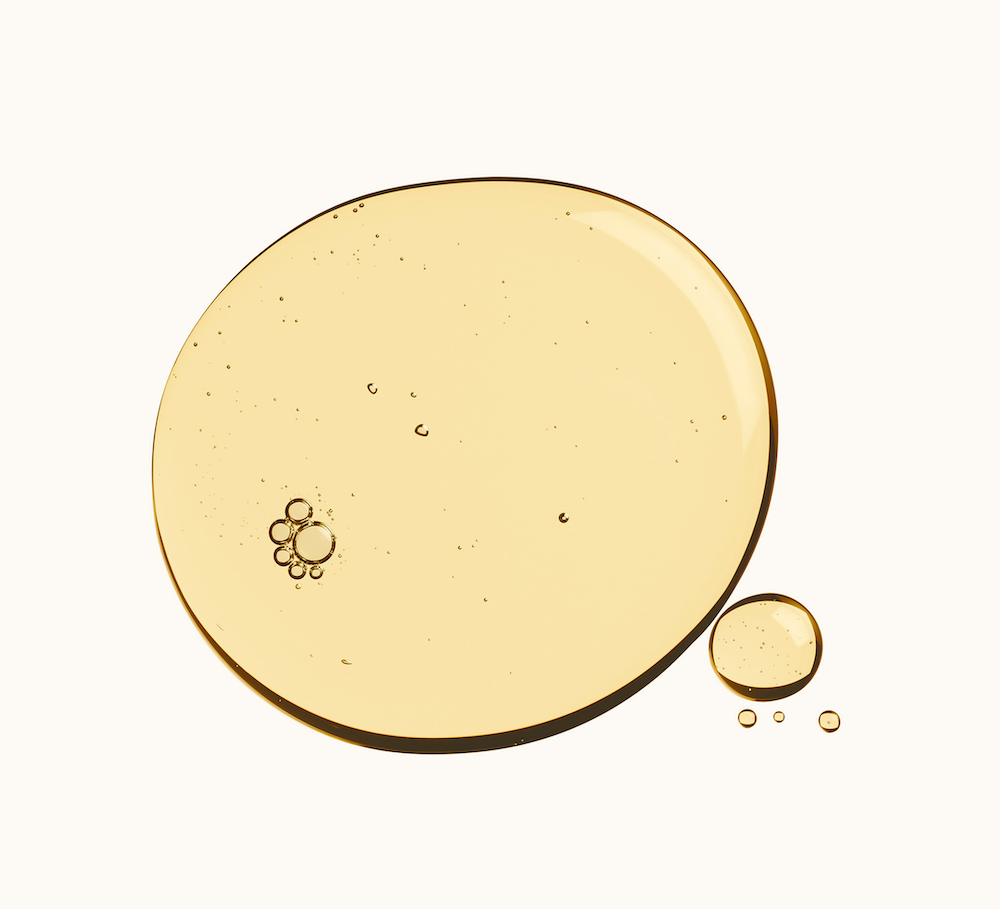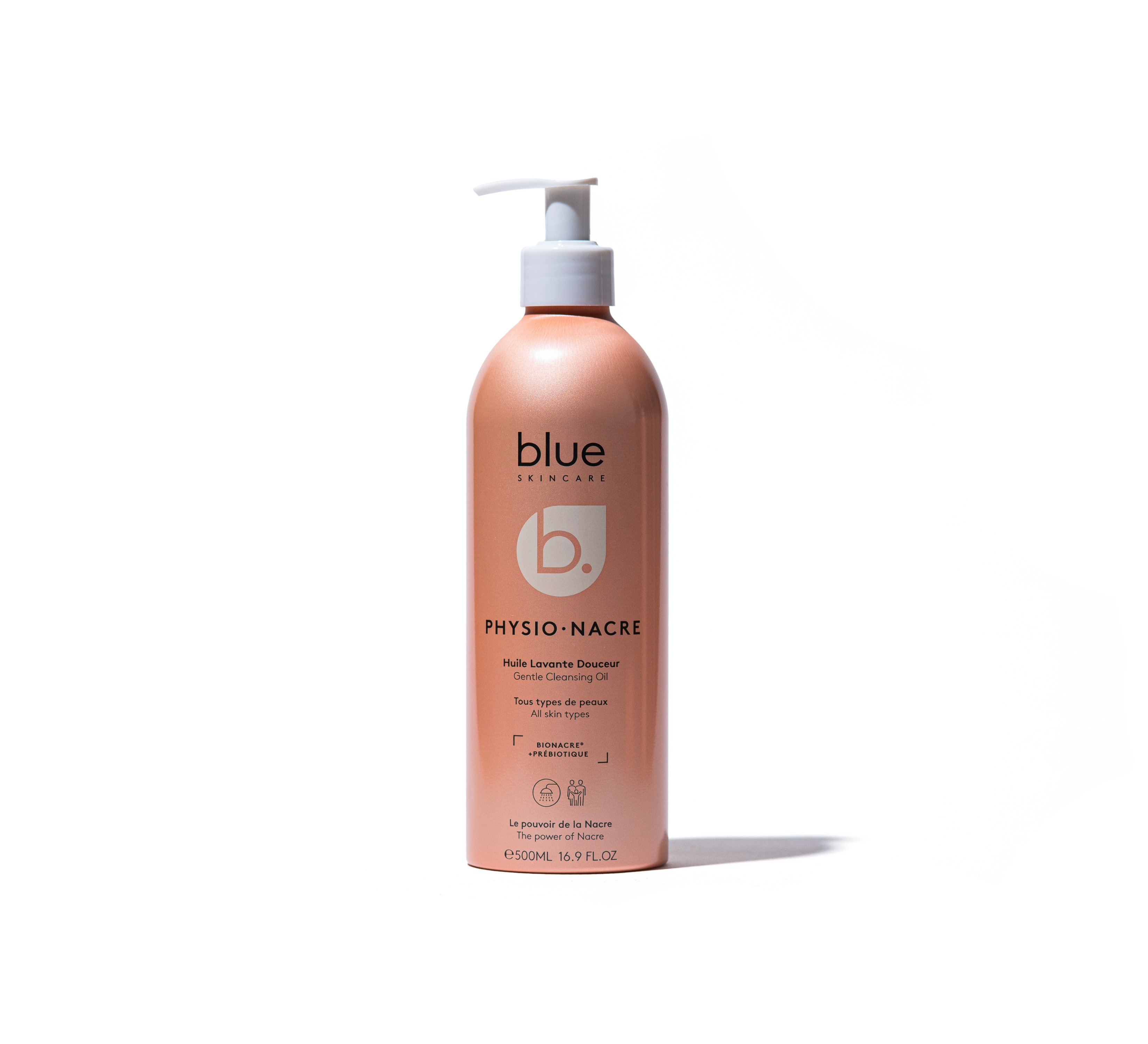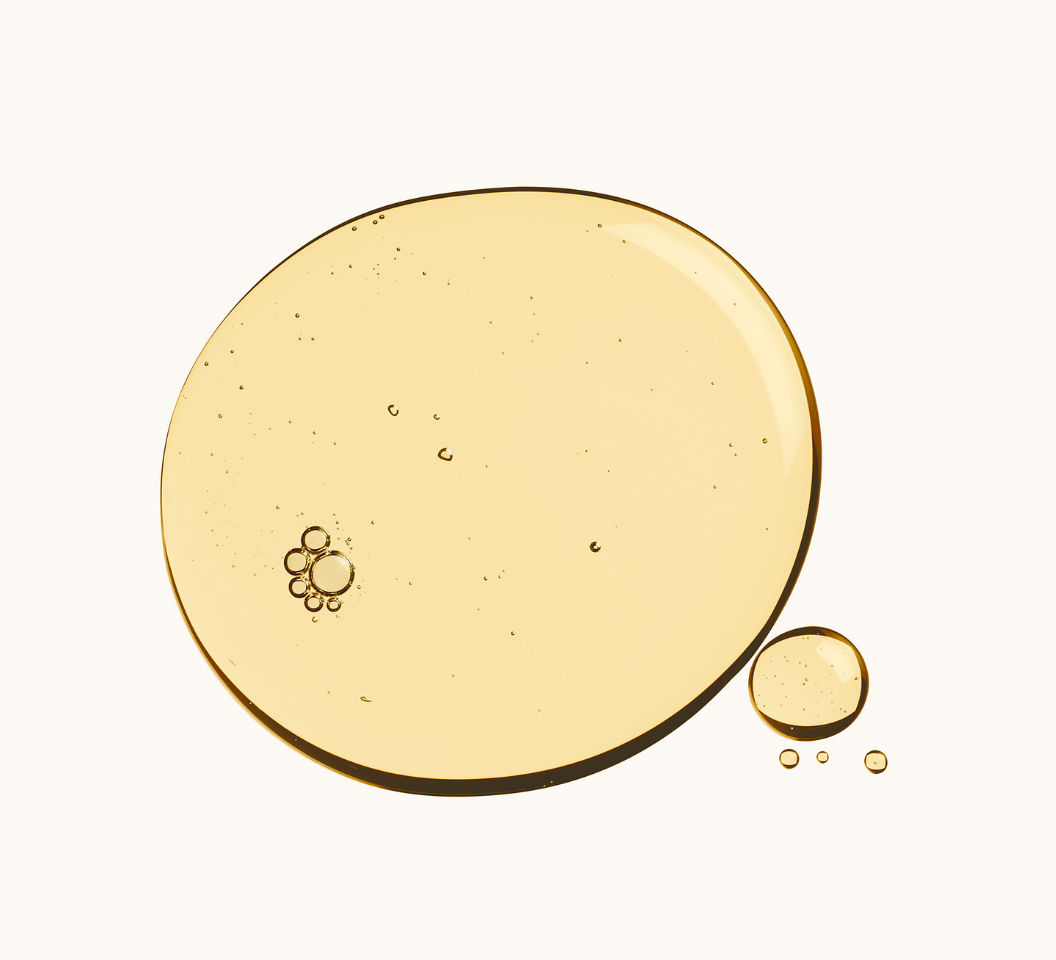Si vous êtes attentifs au contenu de votre assiette, vous avez forcément entendu parler de ces zones bleues. Non, non, rien à voir avec les emplacements de stationnement… Même si vous saurez bientôt pourquoi il fait bon d’y rester. Longtemps, longtemps.
L’an 2000 a été marqué par le changement de millénaire, mais aussi par la découverte d’une région du monde peuplée par la plus grande concentration d’hommes et de femmes centenaires. À l’origine de cette surprise, la rencontre de deux hommes, Gianni Pes, universitaire italien, et Michel Poulain, démographe belge. C’est en sillonnant des petits villages de Sardaigne dans la province de Nuoro, qu’ils ont fait cette découverte. Pour l’immortaliser et la localiser, ils ont tout simplement coloré en bleu la région concernée. La première blue zone étaient née ! Et une nouvelle piste de recherche avec, puisqu’en 2002 ils ont décidé d’explorer le reste du monde, en quête de nouvelles zones identiques. Parce qu’une question les taraudait : comment ces gens avaient-ils vécu pour être des centenaires en bonne santé grâce à des habitudes de clean living et, apparemment, heureux ?
En 2017, cinq blue zones étaient identifiées :
- La province de Nuoro, en Sardaigne
- L’île grecque d’Ikaria, dans la mer Égée
- L’île japonaise d’Okinawa
- La péninsule de Nicoya, au Costa Rica
- Loma Linda, en Californie
1 – Nuoro, en Sardaigne, Italie

- C’est où ? Cette île italienne, située au sud de la Corse, abrite une région montagneuse un peu cachée, dans le sud-est de la province de Nuoro et plus précisément, un village : Seulo, où le nombre de centenaires ne pouvait qu’attirer l’attention.
- Les raisons de leur longévité ? D’après les chercheurs, ces centenaires étaient presque tous montagnards et bergers, ayant vécu en plein air et ayant crapahuté de plaines en vallées, toute leur vie. Première piste : une activité physique quotidienne. Coté assiette, leur régime était par définition méditerranéen et se composait de très peu de viande (une fois par semaine), de fruits et légumes de leur potager (notamment des tomates, des aubergines, des fèves) associés à des produits bruts, simples et de qualité, car eux aussi faits maison (comme le pain non raffiné, aux graines, du fromage de brebis nourries à l’herbe) et du vin rouge qui, après analyse, a montré qu’il était l’un des plus riches en polyphénols. Au-delà de l’hygiène de vie, ce sont les liens sociaux et familiaux qui semblent être une source de santé mentale et de santé tout court. Les personnes interrogées citent d’abord le rôle de leur vie de famille, une famille très resserrée et coopérative, qui accueille chez elle les parents lorsqu’ils perdent leur autonomie. Il semble aussi que la notion de résilience ait été très présente, en filigrane, dans leurs récits de vie.
2 – Okinawa, au Japon

- C’est où ? Demandez où se trouvent les plus de 60 centenaires aux 100 000 habitants du pays et l’on vous conduira directement dans l’archipel d’Okinawa, au sud-ouest du Japon.
- Les raisons de leur longévité ? Un régime alimentaire certes différent du régime méditerranéen, mais qui mise aussi sur les végétaux, notamment des légumes à feuilles vertes, des poissons et des fruits de mer et aussi des patates douces issues de leur potager. Leur régime ressemble à s’y méprendre à de la restriction alimentaire, mais pas dans l’esprit d’un régime. Leur credo, selon les préceptes de Confucius : finir le repas en ayant encore un peu faim. Officiellement, ils se sentent rassasiés à 80%, ce qui sous-entend qu’on laisse un peu moins d’un tiers de son assiette la première fois et que les fois suivantes, on se sert sur cette base d’une assiette « normale » moins 20%. Les centenaires d’Okinawa ne sont pas sédentaires, ils ont une activité physique modérée qui leur permet de rester en forme et de réduire le stress. Comme les Sardes, ils se nourrissent de relations familiales et sociales très riches. Chaque matin, ils cultivent le bonheur de se lever en posant une intention sur leur journée, en lien avec leur « ikigai », leur mission de vie.
3 – Nicoya, au Costa Rica

- C’est où ? Si l’espérance de vie est bonne au Costa Rica (environ 82 ans pour les femmes, 78 pour les hommes) elle est hors normes dans la péninsule de Nicoya où les habitants de 60 ans ont environ sept fois plus de chances d’être centenaires !
- Les raisons de leur longévité ? On retrouve à Nicoya un caractère quasi-insulaire du fait d’un accès difficile. Le régime alimentaire est presque exclusivement végétal, toujours local (haricots noirs, maïs, courges) mais aussi du poulet et du porc, élevés par leurs soins, et des œufs de leurs poules. Autre point commun avec Okinawa et la Sardaigne : la force du lien familial, l’amour du labeur, un esprit très positif, un mode de vie où le stress est intentionnellement laissé à distance, bref ici, on cultive le bonheur et on a la foi. Et pour couronner le tout, pas question de sédentarité. Les centenaires ont toujours été et sont toujours très actifs. Résultat, c’est la région du Costa Rica où l’on enregistre le moins de maladies dites de civilisation (maladies cardiovasculaires, obésité, cancers).
4 – Loma Linda, aux États-Unis

- C’est où ? Étonnement, c’est aux États-Unis, pays du hamburger, que se situe la 4ème zone bleue, à Loma Linda en Caroline du Sud, à une centaine de kilomètres de Los Angeles.
- Les raisons de leur longévité ? Elles sont clairement davantage liées au mode de vie qu’à des caractéristiques géographiques. En effet, Loma Linda est le berceau d’une communauté de l’Église adventiste du septième jour. Et donc ? Pour respecter leurs engagements envers les règles édictées par leur église, les adventistes sont végétariens ou flexitariens (consommateurs de très peu de viande). Par ailleurs, ils ne consomment ni alcool, ni tabac. Coté relations sociales, encore un point commun avec toutes les zones citées : l’entraide est très présente. Les habitants de Loma Linda adeptes de cette église, sont également en lien avec l’université de leur ville. Celle-ci est particulièrement avancée en matière d’études médicales et surtout, le lien tissé entre la science, la santé et la foi est très étroit. On peut expliquer le nombre de centenaires parmi les adeptes résidant à Loma Linda par la qualité de leur hygiène de vie autant que par les relations humaines, au cœur de leur quotidien.
5 – Ikaria, en Grèce

- C’est où ? En Grèce, posée sur la mer Égée.
- Les raisons de leur longévité ? Encore un fil rouge tendu entre toutes les blue zones : l’alimentation est composée essentiellement d’aliments bruts, sains, avec une grande majorité de légumes du potager, notamment des légumes verts, des légumineuses, des fruits, peu de viande, du poisson régulièrement, le tout arrosé d’huile d’olive et de lait de brebis. Ce régime méditerranéen fait aussi la part belle au vin rouge local et aux tisanes à base d’herbes aromatiques du potager. Rappelant la restriction alimentaire de leurs camarades d’Okinawa, les icariens procèdent plusieurs fois par an à un jeûne. Les anciens, interrogés, évoquent aussi leur bien-être « ensemble », au sein d’une communauté où priment les relations sociales conviviales et l’entraide.
Qu’est-ce que les blue zones ont en commun ?
Dans les différentes régions du monde, les habitants des blue zones ont tous des habitudes communes. À vous de les suivre pour vous approcher du mode de vie de leurs habitants :
- Ils fuient la sédentarité et ont une activité physique naturelle, quotidienne, intégrée à leur mode de vie.
- Ils vivent le plus souvent au grand air.
- Ils ont un but existentiel qui les inspire et les fait se lever le matin, religieux ou spirituel.
- Ils ne connaissent pas le stress ou ne le laissent pas les atteindre.
- Ils ont une alimentation essentiellement végétale, brute, saine, locale et de saison, pratiquent la réduction calorique, boivent très peu d’alcool et privilégient le vin local.
- Ils entretiennent des relations proches et de qualité avec leur entourage familial, amical, social. Ils sont d’ailleurs très engagés dans la vie sociale.
Deux livres pour aller plus loin :

« Zones bleues » par Angèle Ferreux-Maeght, chef, naturopathe et spécialiste de l’alimentation bien-être et Vincent Valinducq, médecin généraliste et chercheur, aux éditions First. Les deux auteurs sont partis à la rencontre des habitants des blue zones et ont tenté de voir comment il était possible de s’en inspirer.

Un livre précurseur puisqu’en 2010, Dan Buettner, un chercheur très impliqué dans la valorisation des blue zones, partage avec le plus grand nombre les secrets d’une vie saine spéciale centenaires ! « Blue Zones » rapporte l’histoire de ceux qui vivent naturellement leur vie de centenaires dans ces régions.
